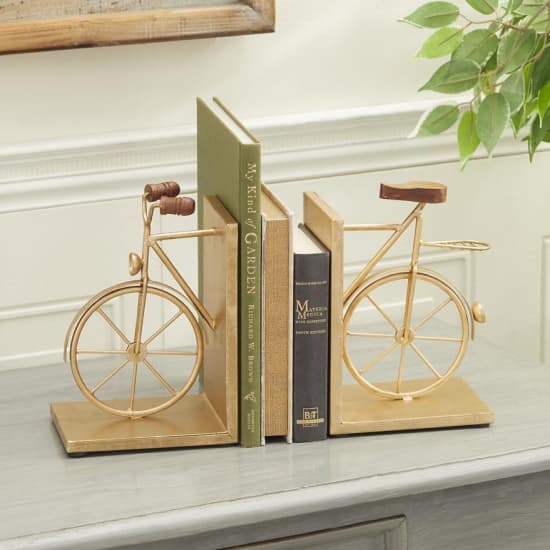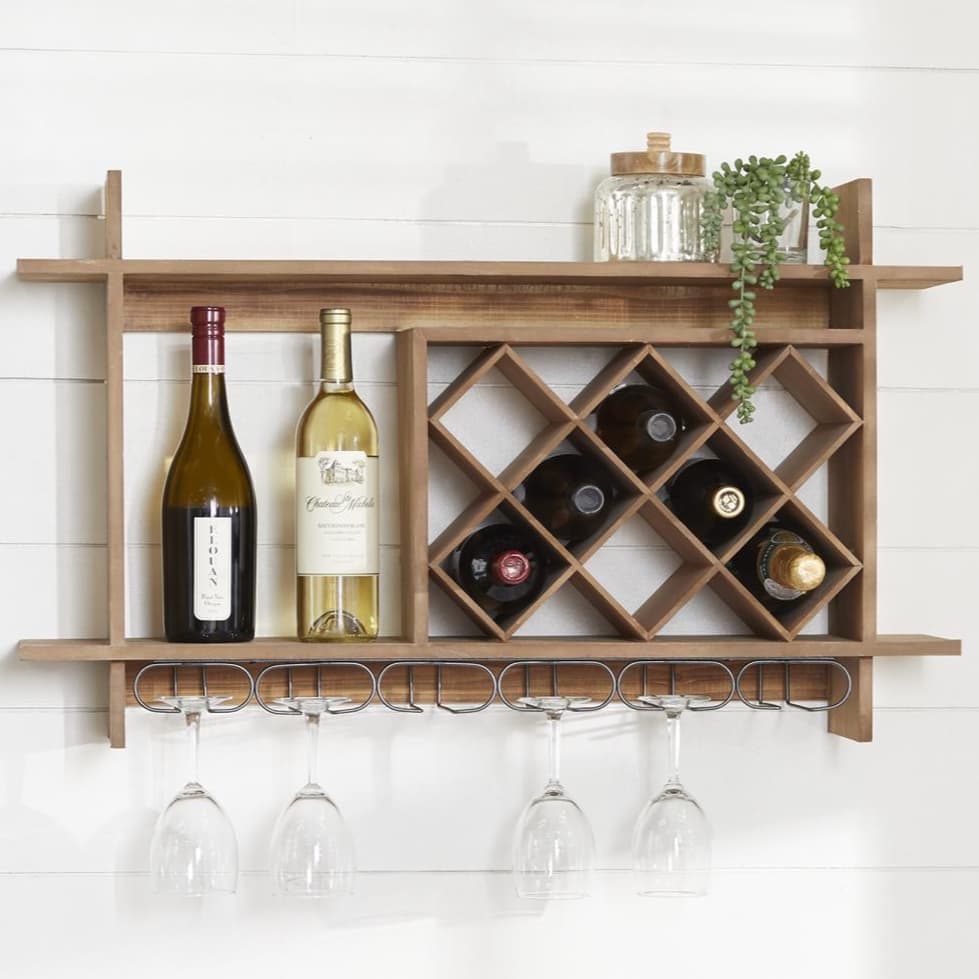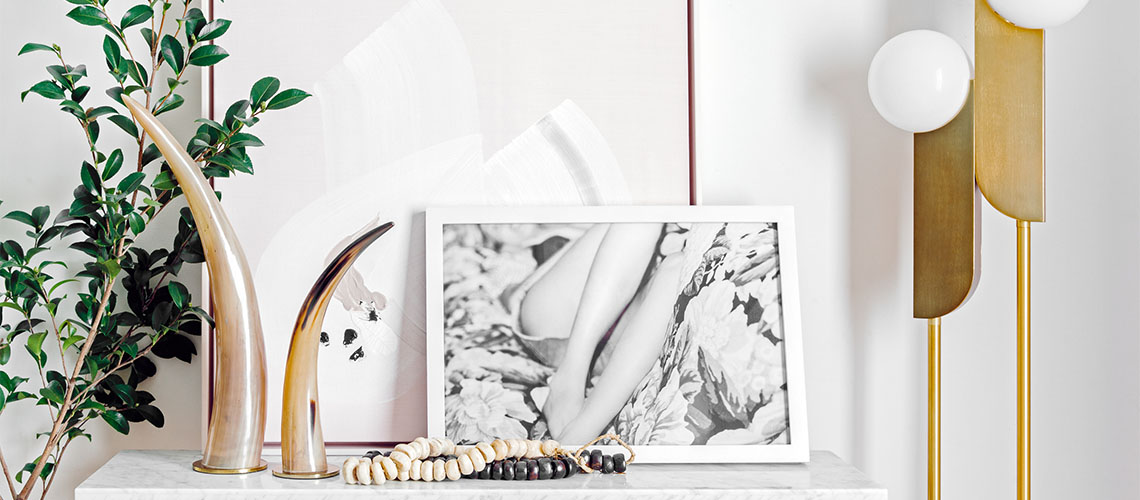
5 Small Space Design Tips from Jeremiah Brent
Designing in small spaces is one of the ultimate challenges — why else would the design and building of tiny homes have spawned countless TV shows? As our cities, both domestic and worldwide, grow, we find ourselves forced into smaller and smaller spaces in exchange for our desired neighborhoods or living arrangements.
These small spaces all present their own individual challenges: perhaps they're missing a key function (kitchen, storage, separate bedroom, full bathroom, etc.) or perhaps it's an odd shape (long and narrow, full of strange angles or corners). There are a myriad of ways that living in a small space can be taxing for the occupant, even on top of the actual lack of square footage. I've lived in my share of small apartments and tiny houses, and they've all been unique in their own ways.
So here are my top 5 tips for living in, working with and designing a small space:
1 | Proportion, proportion, proportion!
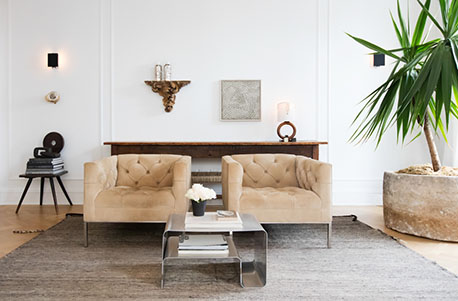
Oftentimes, I see this tantamount mistake being made — people want to add “more” of something, so they choose larger furniture pieces. Maybe you’re worried about having enough seating in your tiny living room, so you opt to squeeze in that three-seater sofa instead of going with the more humbly sized loveseat. Sure, you gained one extra seat, but putting large furniture in a small space does a room the disservice of making it seem even smaller.
One of the vital guidelines I stick to is this: Scale the furniture to the room. Sure, mixing up proportions, heights and sizes is good overall, but when it comes to the major pieces, like sofas and dining tables, keep it proportional to the size and limitations of your space.
2 | Double-duty, all day long.
3 | Put things in the last place you’d look.
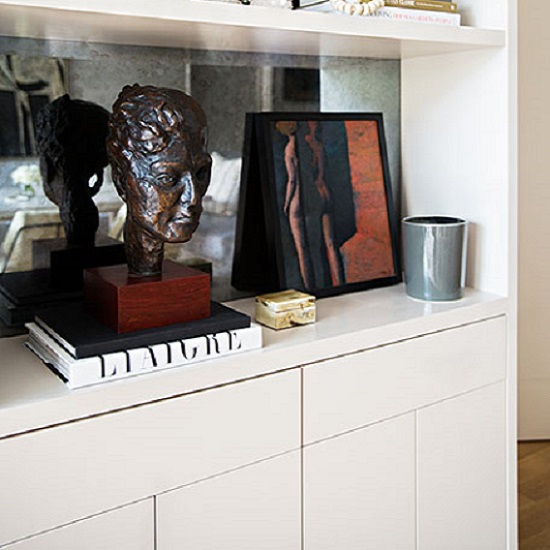
Instead, consider other places to stash your unused or seasonal items away. Maybe you opt for a taller bed frame in order to allow for usable storage underneath your bed, or you invest in some chic baskets to keep above the refrigerator to hold seldom used appliances and serveware. Not only will you free up your floor plan, but your creativity and organization will be noted by everyone who visits.
4 | Edit

Take a page from Marie Kondo and start considering all of the things you've dragged along into this stage of your life. Have you used it or worn it in the last year? Does it bring joy and beauty into your world?
I always say: if it's not fully functional or fully beautiful, you don't really need it.
Sentimental objects that you just can't get rid of can be stored away, sure, but that decorative bird that someone gave you four years ago that you keep putting in the back of your bookshelf for no particular reason? Probably one to donate. And a pro tip: Do your editing before your move and keep your new small space clutter-free from the start.
5 | Bring some of the outdoors in.
I'm not sure I can fully explain the magic that plants can bring to a room, but they're always a part of my perfect finishing touch. You'll breathe better, sleep better and exist better with plants around — and the best part is, there are plants of all shapes and sizes for homes of all shapes and sizes!
Featured Products
Related Categories
Read the Latest
Editorial Disclaimer: Articles featuring tips and advice are intended for educational purposes and only as general recommendations. Always practice personal discretion when using and caring for furniture, decor and related items.


























